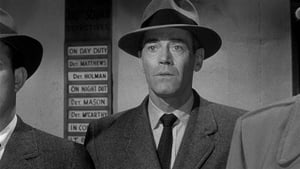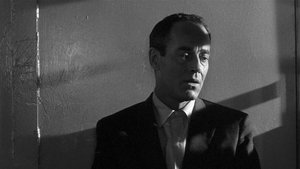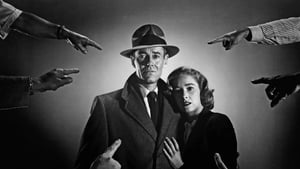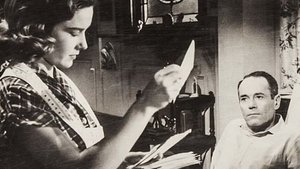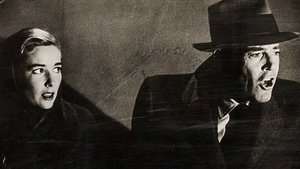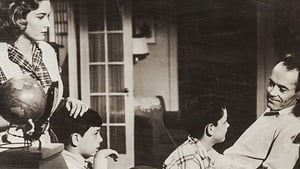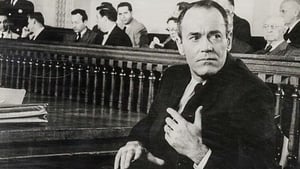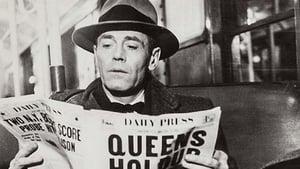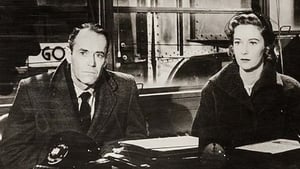Contact: [email protected]
Video Sources 0 Views
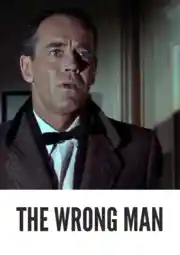
Synopsis
[ez-toc]




Introduction
In the vast realm of old movies, few stand the test of time with as much grace and intrigue as Alfred Hitchcock’s “The Wrong Man Colorized.” Now, in an era where the art of colorization breathes new life into classic films, this 1956 noir masterpiece has undergone a transformation, offering audiences a fresh perspective on a tale of mistaken identity, suspense, and justice. This article delves into the history and significance of “The Wrong Man Colorized 1956,” exploring the unique blend of genres, the stellar cast, and the enduring legacy that has made it a timeless classic.
Read Media File Transfer Agreement: Terms and Conditions
Read FAQ
1. The History and Significance of “The Wrong Man Colorized”
Alfred Hitchcock, a maestro of suspense and thrills, directed “The Wrong Man Colorized” in 1956. The film stars the iconic Henry Fonda as Christopher Emanuel Balestrero and Vera Miles as his wife, Rose. The plot unfolds as a gripping blend of film noir and docudrama, drawing inspiration from a true story.
The film opens with a Hitchcock cameo, a trademark of the director’s work, setting the tone for the suspense that follows. Bernard Herrmann’s haunting score further immerses the audience into the narrative, enhancing the film’s atmospheric intensity. Against the backdrop of New York City, Hitchcock captures the essence of the bustling metropolis, adding a layer of authenticity to the storytelling.
“The Wrong Man Colorized” explores the plight of Christopher Emanuel Balestrero, a man wrongly accused of being an armed robber in 1953. The film takes the audience on a harrowing journey through the legal system as Balestrero fights to prove his innocence, providing a glimpse into the true story that inspired the narrative.
2. Experiencing the Plot: A Synopsis of “The Wrong Man Colorized”
At its core, “The Wrong Man Colorized” is a trial film that immerses viewers in the life of Christopher Emanuel Balestrero. In 1953, Balestrero, a family man working at the Stork Club, finds himself facing a Kafkaesque nightmare. Mistakenly identified as an armed robber, he becomes entangled in a web of injustice.
The film meticulously unravels the consequences of this mistaken identity, portraying the emotional toll on Balestrero and his family. As he is accused and thrust into the legal system, the audience witnesses the struggle of an innocent man grappling with a system that seems determined to convict him.
The narrative tension reaches its peak as the film explores the courtroom drama, where Balestrero fights for justice against overwhelming odds. The audience is taken on an emotional rollercoaster, grappling with the uncertainty of whether justice will prevail for the wrongly accused man.
3. Behind the Scenes: The Making of a Colorized Classic
To truly appreciate “The Wrong Man Colorized,” it’s essential to delve into the performances of the cast and the creative vision behind the scenes. Henry Fonda delivers a compelling portrayal of Balestrero, capturing the character’s turmoil and resilience in the face of adversity. Vera Miles adds depth to the narrative as Rose, navigating the challenges thrust upon her family.
The brilliance of Alfred Hitchcock shines through as he orchestrates the tension and suspense, seamlessly blending film noir with the realism of a docudrama. The production crew’s contributions, from set design to cinematography, play a pivotal role in creating the gripping atmosphere that defines the film.
The colorization process, a meticulous endeavor, brings a new dimension to the visual experience. While preserving the original aesthetic quality, the colorization enhances the film’s emotional impact. It allows modern audiences to connect with the characters and the narrative in a way that transcends the limitations of black-and-white cinematography.
4. The Cinematic Power of Visuals: Analyzing Key Scenes in Color
As we explore the impact of colorization on “The Wrong Man (1956),” specific scenes come to the forefront, demonstrating the cinematic power of visuals. The wrongly accused man navigating the prison environment takes on new meaning as color highlights the stark contrast between innocence and a system that has failed him.
The courtroom scene, a pivotal moment in the film, becomes even more evocative in color. The emotions etched on the characters’ faces, the tension in the air – colorization enhances these elements, elevating the storytelling to a new level. Hitchcock’s keen eye for visual storytelling finds a contemporary resonance as audiences experience the film in a way that was once unimaginable.
5. Preserving a Masterpiece: The Enduring Legacy of “The Wrong Man”
The question of preserving old movies often sparks debates within the cinematic community. Colorization, once met with skepticism, has proven to be a valuable tool in breathing new life into classic cinema. “The Wrong Man Colorized 1956” stands as a testament to the success of this preservation effort.
As we navigate the ongoing debate surrounding film preservation, it becomes evident that techniques like colorization contribute to the longevity of cinematic masterpieces. “The Wrong Man” continues to exert its influence not only as a Hitchcock classic but as a work of art that resonates with audiences across generations.
6. Embracing the Past, Embracing the Future: The Relevance of Colorized Classics Today
In the ever-evolving landscape of film restoration, technological advancements play a pivotal role in shaping the viewing experience. The question arises: How do we balance the preservation of the past with the demands and preferences of modern audiences?
Colorized classics, such as “The Wrong Man Colorized 1956,” offer a bridge between the old and the new. They allow audiences to appreciate the artistry of classic films while embracing the visual enhancements that technology provides. As we look to the future, the approach to restoring and presenting old movies must consider the delicate balance between preserving the original intent and adapting to contemporary viewing preferences.
Conclusion
In conclusion, “The Wrong Man Colorized 1956” emerges as a triumph in the realm of colorized classics. The film not only pays homage to Alfred Hitchcock’s masterful storytelling but also showcases the enduring power of a well-crafted narrative. As a film reviewer and editor, I find myself appreciating the colorized version for its ability to revitalize the viewing experience.
“The Wrong Man Colorized” invites audiences to embrace the past while recognizing the potential for innovation in the future of cinema. It encourages us to explore more colorized classics, appreciating them as distinct works of art that continue to captivate and resonate across generations. In the delicate dance between old movies and modern technology, “The Wrong Man Colorized 1956” stands as a beacon, proving that even the classics can find new life in a world hungry for cinematic excellence.

